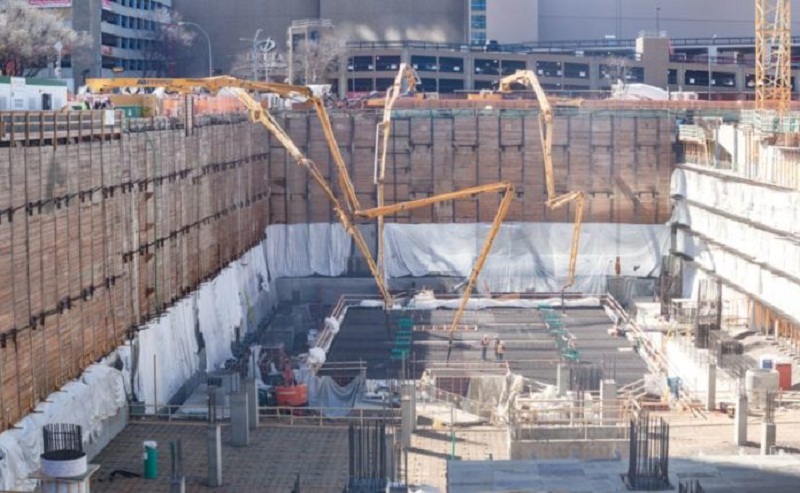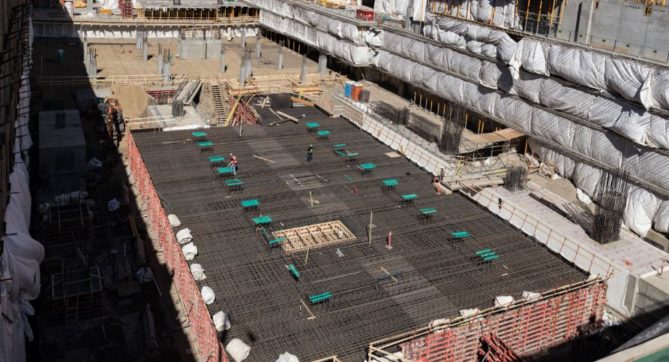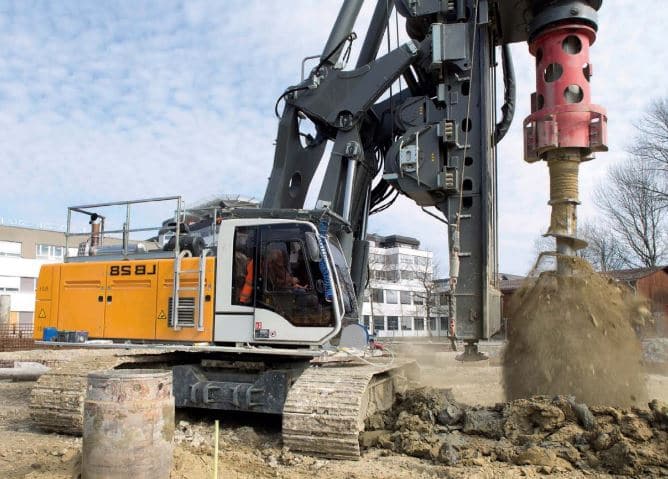Which points are important to determine the type of foundation that must be adopted and what types of building foundations we can find before a building. In addition, we provide a series of technical guides of great utility for the control of work, common problems in pathologies, injuries and deficiencies or how to solve it with some constructive technical recommendations.
Types of building foundations
Before discussing the type of foundation to be built (If we talk about the terrain) it is necessary to take into account – especially – the following conditions:
- To know in detail the characteristics of the terrain (geotechnical study), especially the strata on which it is expected to support the foundation.
- Take into account the water table.
- Place the foundation base in a place inaccessible to frost.
To decide the type of seat to be built (If we talk about the structure of the building), it is necessary to take into account – especially – the following conditions:
- Take any special precautions when laying on unconsolidated land.
- Know all the characteristics of the loads transmitted by the building.
- Take into account the influence of nearby buildings on the ground.
What types of foundation are there?
Actually, when it comes to establishing the classification before the different types of foundations, we could make them from proposals wants an extensive classification; for example by its way of working, by the type of material, by the way in which it transmits the efforts … etc.
We, to define the types of support before a building go to the Basic Document SE-C Foundations ( Technical Building Code ) where they are divided into two large groups: Surface foundations – direct and deep foundations:
1.- Surface or direct foundations
The direct foundation is the one that distributes loads of the structure in a horizontal support plane. They are built at shallow depths below the surface of the terrain (less than 4 meters), also called surface foundation and are:
Types of surface foundations:
- Insulated shoes
- Combined shoes
- Running shoes
- Foundation wells
- Foundation grids
- Foundation Slabs
- shallow foundations
So that we have a 3D vision and we can see the complexity in its execution with the assembly of an isolated shoe. We leave the following example of isolated foundations :
2.- Deep foundations
The objective is to transmit the loads to deep layers that have a greater bearing capacity and resistance. They are considered those that have a length greater than six meters, or else the connection between the height and the width of the foundation exceeds the value of five.
Types of deep foundations
- Isolated piles
- Group of piles
- Piloted areas
- Micropiles
- deep foundations
We remember that the types of piles reach an important variety and are classified in many ways (without counting the new techniques, designs, machinery, and technologies) we could distinguish them mainly by:
- The way of working
- For the type of pile material (wood, reinforced concrete … etc.)
- Because of its cross section
For its constructive procedure
- Prefabricated piles were driven
- Concreted piles
Also, micro pilotage or expansive resins injections are used in the event of a defective contact between our building and the ground to reinforce the structure to stabilize the building, the stressing of foundations are common and avoid the execution of expensive works.
Now, since we have a generalist vision, it is necessary to enter in depth. We skip the technical part of calculations, which is what the specialized companies are for. We would like to provide a series of technical guides of great use for the architecture professional and engineering.


















